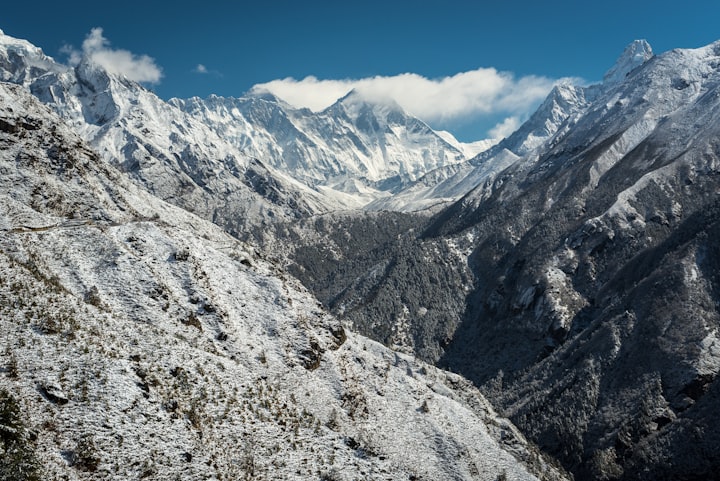
Some researchers fear that the addition of Red Sea water could increase the risk of drowning. Purified water can dissolve salts stored along the coast, or it can seep into rivers and streams, speeding up the fall.
The surface water is five to nine times saltier than the sea, and it increases in depth. Excessive salt water leaves a layer of groundwater up to 20 feet [20 m] below the surface. Salt provides a harsh environment in which animals can thrive, hence the name.
The water level of the lake is now low for 20 years, but it is not difficult to walk on water. The freshwater from the winter floods flows from the mountains and into the ground, melting a layer of salt below the surface about 60 feet [20 m] below the surface and forming holes in the ground. Water authorities have announced plans to extract the saltwater from the Sea of Galilee to raise water levels again.
Israel and Jordan have signed a memorandum of understanding to exchange water into the Red Sea for the removal of seawater in the Dead Sea in February, backed by US and private foundations as well as regional and international partners. In December 2013 Israel, Jordan, and the Palestinian Authority signed an agreement to install a pipeline between the Dead Sea and the Red Sea. One of several proposals for canals and pipelines for these two bodies of water is a water supply project that will supply water to neighboring countries and return the broth to the sea to restore their water level.
In October 2009, the people of Jordan announced an expedited plan to extract 300 million cubic meters of water from the Red Sea annually to clean it with fresh water and sewage into the Dead Sea, but there were concerns that time was not enough to assess the potential environmental impact. Through an extraordinary regional partnership, Jordan, Israel, and the West Bank signed a Memorandum of Understanding on a $ 1 billion regional water supply project and increased seawater flow in 2013.
Until the late 1960s, the Jordan was the only major body of water in the Dead Sea, except for small, permanent springs that formed sand dunes at its edges. The Sea of Galilee was one of the most important sources of water for Israel. Major projects by Israel and Jordan have been used to divert water from the Jordan River for irrigation and other water needs in the face of the lakes that have declined sharply over the past 50 years.
When the Dead Sea recedes, it recedes, and freshwater from seawater recedes. This water cycle, which is about ten times saltier than the ocean, allows freshwater springs to drain a layer of salt on the ground. The result is the low water level of the Dead Sea and the presence of underground holes in the southwest region.
From about 25 million years ago, heavy currents from the lake piled up a mass of sand, clay, sandstone, rock salt, and gypsum. The change in tectonic plates has caused the Jordan Valley to rise and fall and the harsh desert climate has led to the gradual evaporation and depletion of a rural lake, which has been as low as the Dead Sea for nearly 70,000 years. The northern basin (the Dead Sea itself) retained its size, but its greatest loss of water occurred when its shoreline penetrated the surrounding land.
Within 50 years, the sea level dropped by 112 meters, reducing the sea level by 30%. Walking 10 minutes to the edge of the water now takes an hour on cracked, salty soil.
Lake Chad in northern Africa was 20 years in size until a diversion of water led to the disappearance of Aral Lake in Southeast Asia, the largest lake in the world. The Dead Sea is part of a vast strip of land between Israel and the Jordan, with its high plateaus visible on the Israelite side as well as parts of the Judean and Negev deserts. As part of an ancient, massive lake from the Sea of Galilee to the Dead Sea, the sea evaporated about 18,000 years ago and left a salty residue in a desert pit at the lowest point on Earth, 1,300 feet [1,300 m] below sea level.
It is a natural miracle of the healing power of its mineral-rich waters. The shallow water below the hotel is a reservoir run by Dead Sea Works, an Israeli company that pumps water from the northern and southern parts of the lake while evaporating to extract minerals such as potash and bromide - a process that has accelerated the disappearance of oceans.
With 34.2% salt in 2011 it is one of the world's saltiest bodies, with Lake Vanda in Antarctica [35] and Lake Assal in Djibouti [348], in the Carabogazkol Sea in the Caspian Sea [35] and in the hypersaline lakes of Lake McMurdo in the arid valleys of Antarctica [44] and with high salinity levels. The water level and salinity of successive lakes in the earliest prehistoric lakes after the Lagoon of Shalom and Lake Lisan (approximately 70-14 kyr) in the Dead Sea rise and fall due to the effects of tectonic descent and climate change. Ells have natural outlets that no longer feed the Jordan or its rivers that determine the water level of the Dead Sea by its ratio between the amount of water entering the sea and the small amounts taken.





Comments
There are no comments for this story
Be the first to respond and start the conversation.